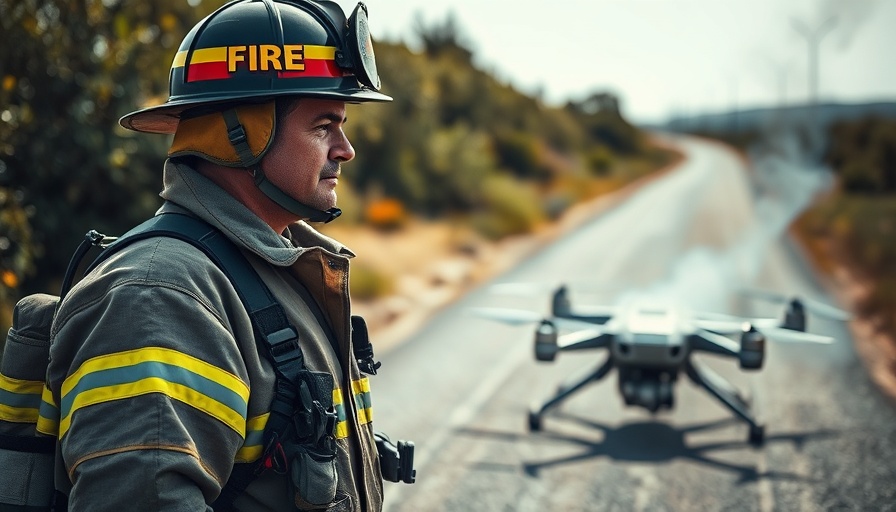
Understanding the Incident: What Happened on the M20?
A recent incident on the M20 motorway in Kent, UK, captured the attention of local authorities and tech enthusiasts alike. The Kent Fire and Rescue Service confirmed that a drone, specifically a Tekever AR5 Evolution, caught fire while being transported. This drone is primarily utilized for monitoring maritime activity across the English Channel, helping to identify and track potentially illegal vessels.
Fortunately, fire crews promptly extinguished the flames with no injuries reported, indicating that the event was a relatively contained occurrence rather than a dramatic disaster.
The Role of Drones in Border Surveillance
Understanding the purpose of the AR5 Evolution drone is essential in appreciating the significance of this incident. With the capability to remain airborne for over 20 hours and equipped with state-of-the-art sensors, including maritime radars, these drones play a crucial role in border surveillance. They help authorities monitor activity across the Channel, ensuring better security and action against any illegal crossings.
Another model in the Tekever drone lineup, the AR3, complements the AR5's missions with its tactical flexibility. Its ability to take off vertically allows it to operate in various terrains, enhancing surveillance operations by providing closer inspections of suspicious boats.
Broader Implications for Drone Safety and Regulations
This incident prompts a closer look at the regulations surrounding drone transportation and operation. As drones become increasingly integral to national security measures, ensuring their safe handling and usage is paramount. The incident on the M20, while minor, reflects the ongoing challenges of managing sophisticated technology in everyday settings.
Whether you are a drone hobbyist, an industry professional, or simply a tech enthusiast, understanding these nuances can lead towards better practices and enhanced safety protocols.
A New Era of Drone Utilization
The rise in the use of drones, particularly in governmental sectors, showcases a juncture between advanced technology and everyday applications. With aerial surveillance becoming commonplace in border patrol, disaster management, and even commercial deliveries, the future of drone technology is both exciting and fraught with challenges related to safety and regulation.
Engaging with the implications of such technology encourages us to ponder: How can we ensure drones serve their purpose without endangering public safety? The ongoing developments in drone technology will surely shape various industries in the coming years, reminding us that with innovation comes responsibility.
 Add Row
Add Row  Add
Add 




Write A Comment